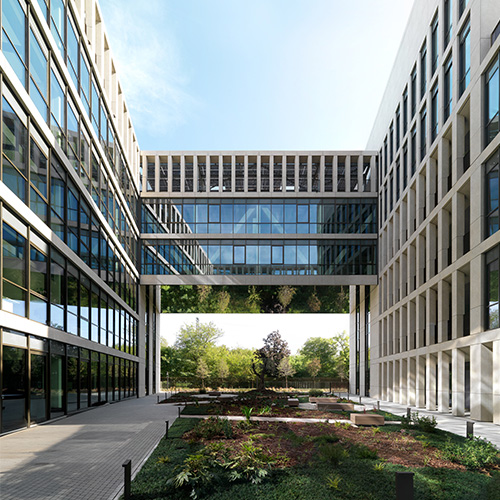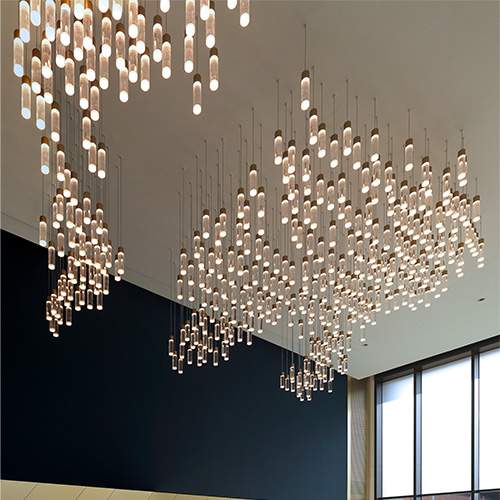

| CANVAS OF PLANS & DRAWINGS |
INTERIOR & DÉCOR, but with a twist |
| HOTELS & RESTAURANTS, beyond mainstream |
Notes on ART |
| Into big AFFAIRS | INSIDERS |
| GLIMPSES | |
Keywords:
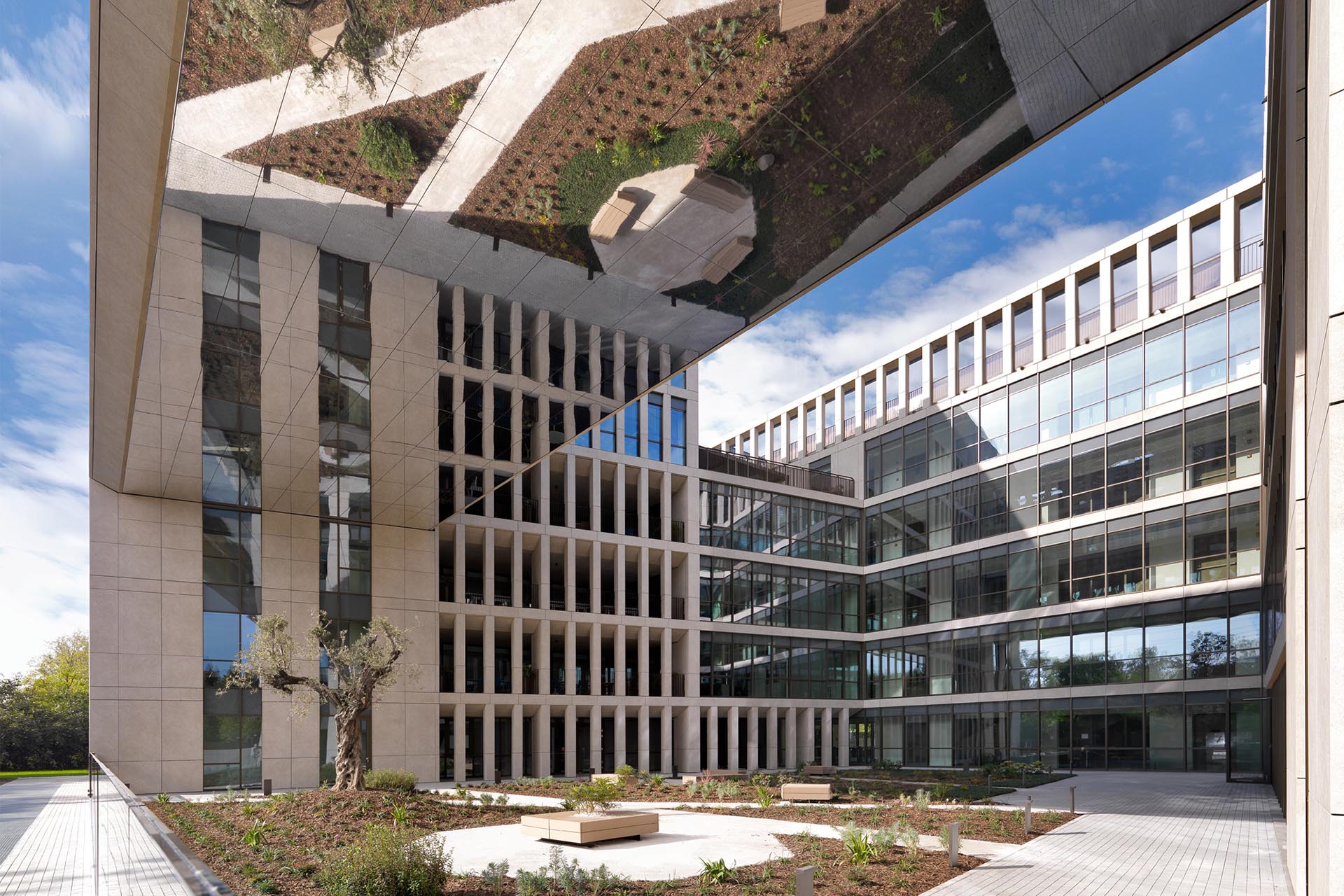
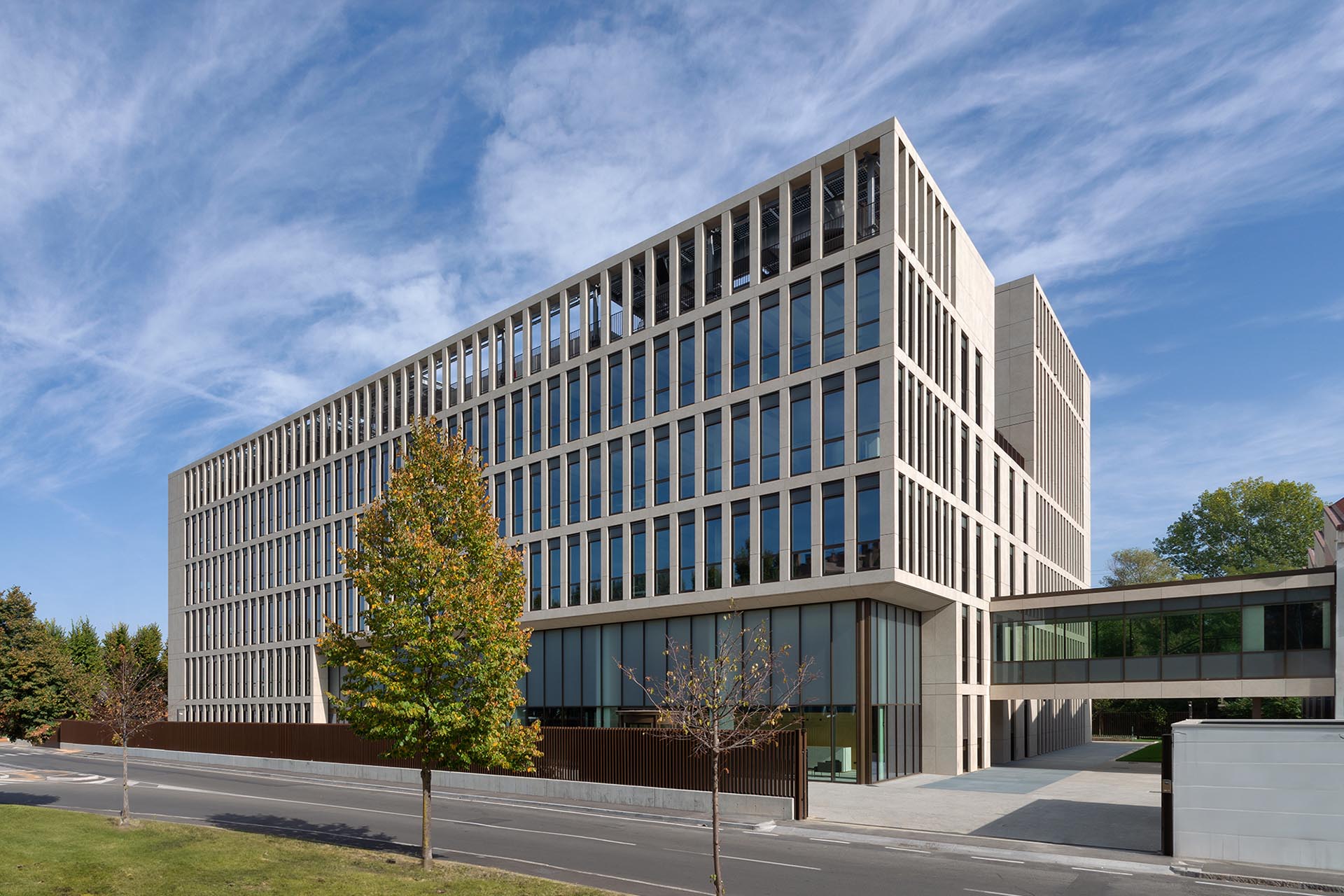
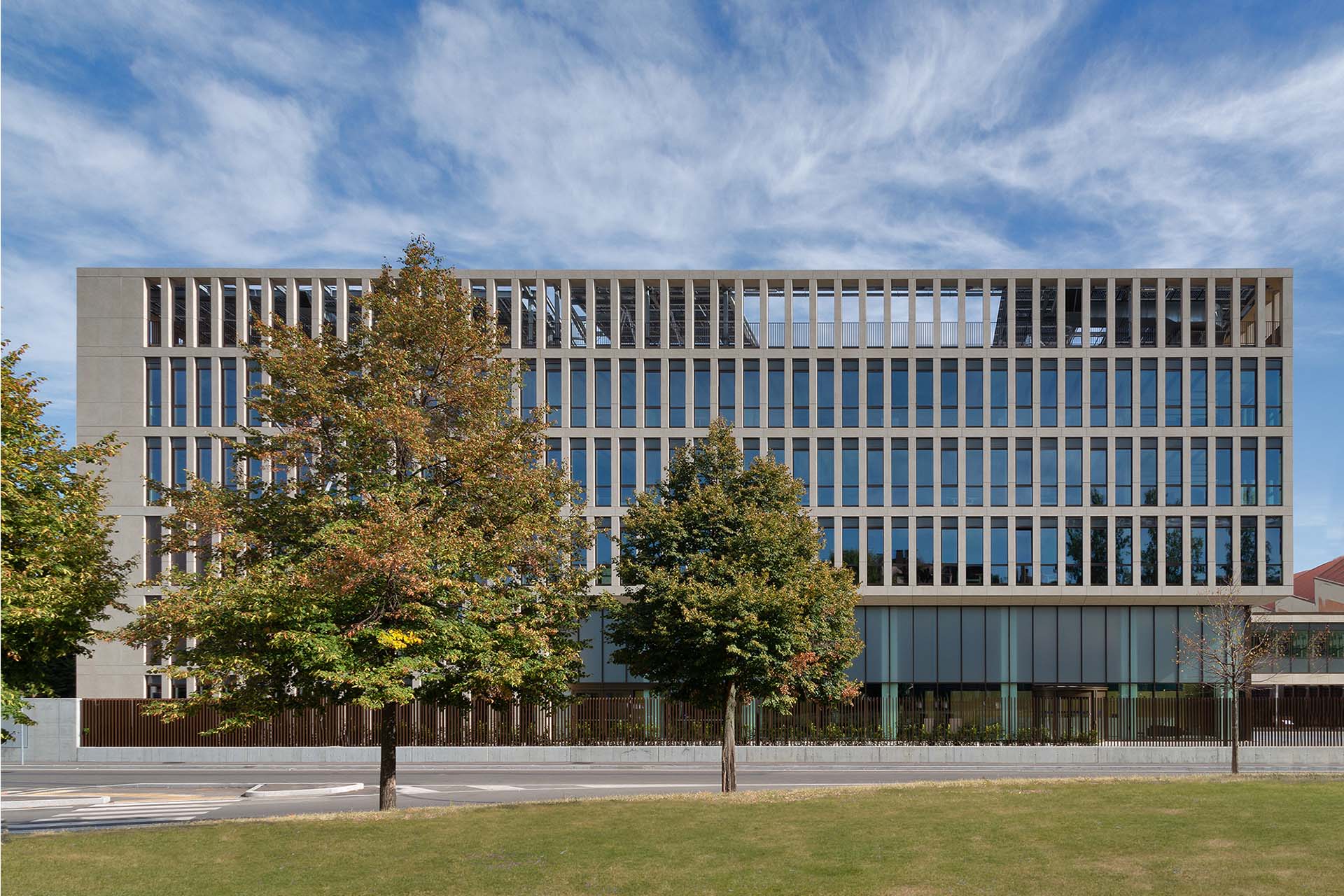
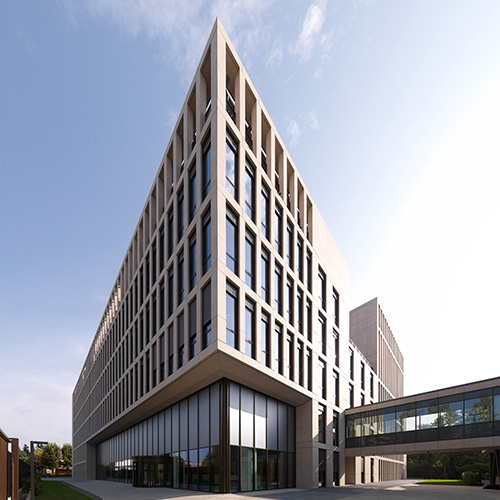
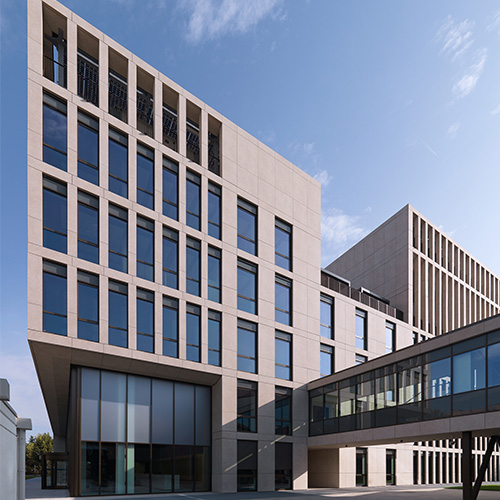
As for the specifics of the project, it is structured in a sequence of additions and subtractions of volumes that originate from the dynamic lines of the ground. The external fronts have been arranged with eurythmy and respect to the needs of the internal life, resulting in a building optimized in height and balanced in the architectural form. These generative dynamics, as well as the functional outcomes of the harmonic composition and the language of the external fronts, punctuated on the movement of the sun, are evident from the entrance hall, overlooked by most of the social areas. The external shell that covers the structure is characterized by high performance, transparency and an articulated and dynamic expression on the outside. Making the most of the potential of natural light sources and thanks to a refined system of dimerization, it allows a considerable reduction in energy consumption. The dimerization system in fact regulates the luminous intensity coming from the illuminated bodies according to the intensity of the external light.
